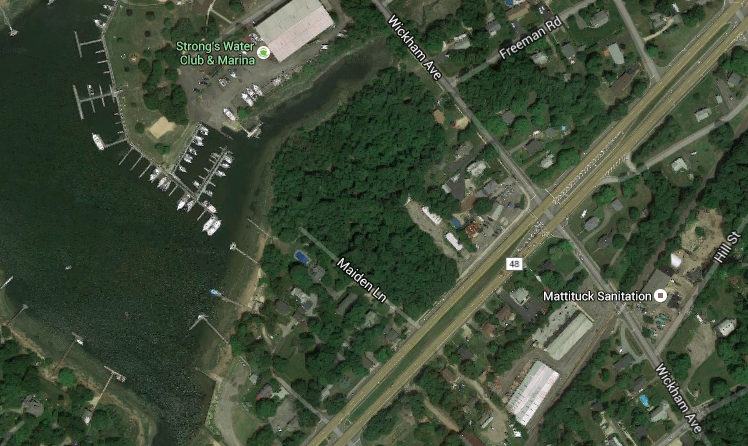Guest column: Splitting development talks between boards is wrong move

The North Fork used to be the quiet, sleepy neighbor of the Hamptons. Unfortunately, that is no longer true.
In today’s economic reality, we have to come to grips with the fact that the North Fork is seeing a rapid expansion of development of all types. You can see this type of commercial and residential high-density expansion to our west and you can be sure that it’s heading our way.
With this change in and around Southold, it’s important that the town prepare itself for the rising tide of complex development applications that are capable of permanently transforming our community, and not necessarily for the better.
The H.R. Reeve property on Mattituck Creek is a good example of just the kind of complicated proposals that we can expect for the future. In this case, the developer is applying for both a residential subdivision and a change of zone on the same property.
The challenge is that the review and approval of each of these applications is the responsibility of a different arm of our local government. The subdivision is the Planning Board’s job and the change of zone is the Town Board’s job, but both projects are interrelated and could negatively impact the already troubled waters of Mattituck Creek and the character of the surrounding community. From an environmental standpoint, the problem is that unless the two projects are reviewed together and in an organized fashion, the overall impact of the total project and the mitigation necessary to minimize harm to Mattituck Creek and the adjacent neighborhood could easily fall through the cracks.
When a major project is split between two reviewing boards, it’s also difficult for the public to know where and when to bring their concerns. If each involved board is looking at only one piece of the project and if some parts of the project, such as the potential uses (in the case of a rezoning), are not even defined when the public hearing on the project is held, it is impossible for the public to offer their most informed input. Just ask the neighbors of the Reeve property. There is much confusion and a lack of complete and clear information about the process, the project and its interrelated impacts.
In other East End towns, like Southampton, where such applications are increasingly common, the process is more clear and consistent. First, if the Town Board elects to consider the change of zone (which it is not required to do), it addresses the zone change — which is fundamental to the precise type of land use that will be allowed — but it also takes public comment on the overall action, which is relevant to whether the change of zone should even be approved. Then, only after the public, planning staff and Planning Board have been heard on the underlying zoning issue does the Planning Board move to address the finer subdivision details.
This not only makes sense — how can the town approve the lot lines and design details of a subdivision without knowing whether a zone change on the same parcel is to be approved? — but it is also a broad and well-understood requirement of the New York State Environmental Quality Review Act.
SEQRA, adopted 40 years ago, calls upon agencies to consider the “overall action” and not “segment” the review of any proposal. This means that every part of a project must be considered together so the total impact can be assessed before any final approval is given. And most important, SEQRA provides the public with its greatest avenue of meaningful participation early in the process of determining a project’s impact on the environment and the community. This review can also be critical to the consideration of alternatives and possible mitigation measures to reduce a project’s environmental impact. So far, this is not happening with the H.R. Reeve application and this is troubling, not only for this case but for others surely to follow.
While both the town and the public have fought hard to preserve the environment and protect our quality of life here on the North Fork, future commercial and residential development is inevitable and the pace is quickening. That’s why the town needs to establish and follow a well-defined set of procedures for actions requiring multiple town reviews and approvals. Otherwise, there is a real risk that in the shuffle of the applications we could lose the very things we find so precious and the reason we live here in the first place.
Group for the East End and the North Fork Environmental Council strongly urge the Southold Town Board to look at processes within the town and pull the review of the Reeve application together under a single environmental assessment so the public and all involved agencies can review this project in its totality and provide every opportunity to help restore the waters of Mattituck Creek.
Bill Toedter is president of the North Fork Environmental Council. Bob DeLuca is president of Group for the East End.






